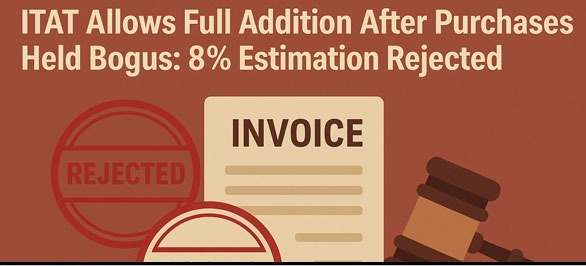@JUDGMENTTAG-ORDER
Gupta, J.
This is a petition u/s 256(2) of the Income Tax Act, 1961 (hereinafter referred to as the Act). The revenue prays that the Tribunal be directed to refer the following question of law for the opinion of this court :
"Whether, on the facts and in the circumstances of the case, the Tribunal was right in law in cancelling penalty levied u/s 273 when the surrender made by the assessee during the enquiry/ investigation cannot be said to be voluntary and also the assessee failed to submit any explanation in response to notice u/s 274 read with section 273 in spite to repeated opportunities afforded to him ?"
2. The dispute relates to the assessment year 1986-87. During the course of proceedings, the assessee disclosed an additional income of Rs. 1 lakh. The Income Tax Officer passed an order of assessment and also imposed a penalty of Rs. 4,850 u/s 273 of the Act. The assessee filed an appeal which was dismissed by the Commissioner. On further appeal to the Tribunal, the claim of the assessee that disclosure was voluntary and that no penalty was leviable was accepted. Hence this petition.
3. Mr. Sawhney, the learned counsel for the revenue, contends that the assessee had made the disclosure only after it had been cornered. The disclosure was not voluntary. Thus, the Tribunal has erred in reversing the order passed by the Commissioner. Is it so ?
4. It is the admitted position that an enquiry was held from January 25 to February 8, 1988. Did the department find any evidence against the assessee ? How was the assessee cornered ? There is no evidence.
A perusal of the order passed by the Tribunal shows that the department had not produced any thing to indicate that there was concealment of income by the assessee. Consequently, the Tribunal held that the penalty is not leviable''.
5. Mr. Sawhney contends that in view of the decision of a Division Bench of this court in
Faced with this situation, Mr. Sawhney has contended that even if a reasonably arguable question arises, the Tribunal should be directed to make a reference to this court. Reliance has been placed on the decision of (heir Lordships of the Supreme Court in
6. Resultantly, the petition is dismissed.

